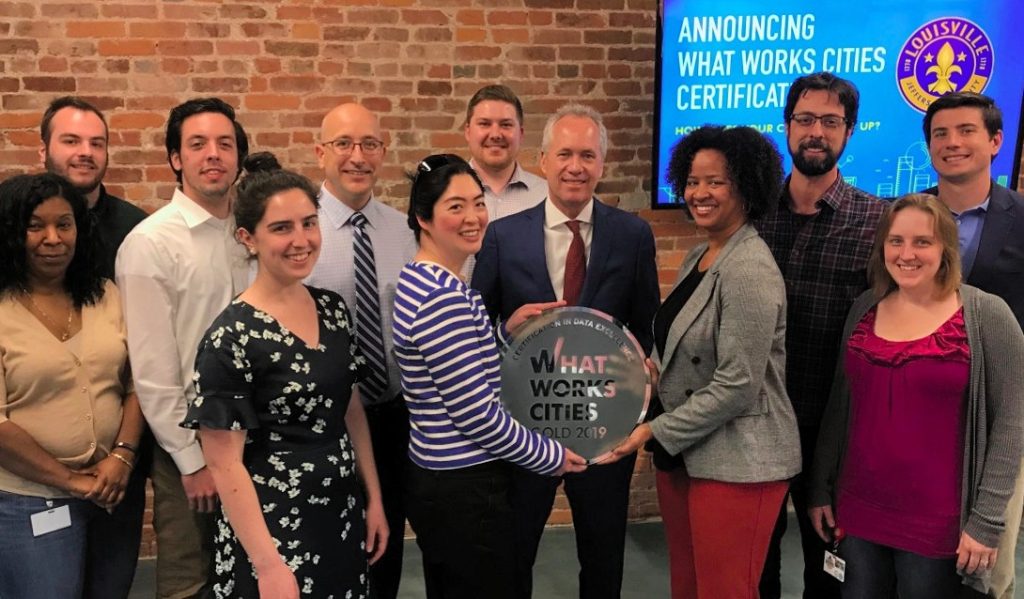Helping Cities Thrive with Data
Well-managed cities use data to equitably deliver services and solve problems. The What Works Cities Certification program, launched by Bloomberg Philanthropies and led by Results for America, is the first-of-its-kind standard of excellence for data-driven, well-managed local government.
Certified Cities
Interact with the map to learn about the cities that have achieved What Works Cities Certification to date.
Loading
Celebrating data-driven local government
What Works Cities Certification recognizes and celebrates local governments for their exceptional use of data to inform policy decisions, allocate funding, equitably improve services, evaluate the effectiveness of programs, and engage residents. Open to cities in North, Central, and South America with a population of at least 30,000, What Works Cities Certification welcomes cities at all points in their data journey.

City Updates
Partners
What Works Cities’ expert partners help local governments build the capacity and skills to use data and evidence to make more informed decisions and improve residents’ lives. Their support is critical to helping cities achieve What Works Cities Certification.
